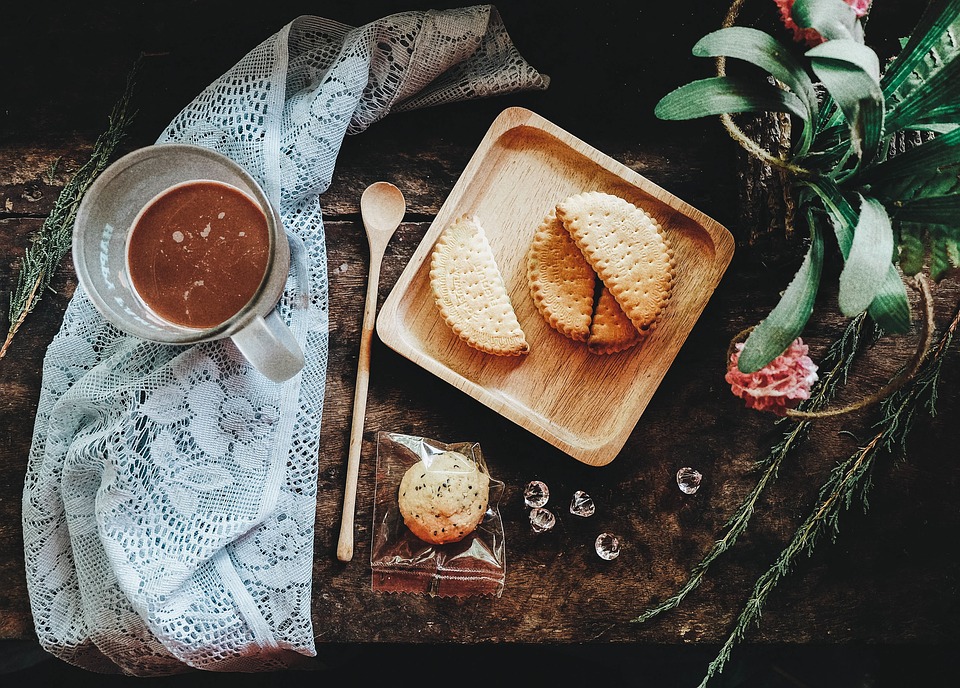Do you (really) know the specialties from Bordeaux?

When you hear « Bordeaux, » you hear « wine »—but, that’s not the region’s only treasure. Vegetables and charcuterie are in the place of honor, and you can find one of the best caviars in the world. And for those with a sweet tooth, the region offers some irresistible delicacies!
- An exceptional caviar
Located in Teich, south of Arcachon basin, the Esturgeonnière has produced one of the best Aquitainian caviars for 25 years. Called Perlita, it comes from the eggs of the Acipenser Baeri’s, a Siberian sturgeon, which adapts itself well to French soil. Entirely produced in the Esturgeonnière site, this caviar boasts attractive grains with colors ranging from grey to light chestnut, with a particularly tasty and slightly salty flavor. Great restaurants and specialty food vendors sell it in France and abroad.
It’s possible to visit the fish farm and request tastings by appointment.
- Delicious grattons
What a funny name for this unusual paté! On the right bank of the Garonne river, near Bordeaux, the small town of Lormont claims credit for this very old recipe. Made of fresh ham and spicy pork shoulder, the gratton is slowly cooked. Then, the bottom of the pot is scraped (gratté in French – the origin of the name gratton) in order to extract pieces of meat, which are finally molded into a terrine. Gratton is meant to be tasted cool, as an appetizer, but you can also eat it warmed as a main dish. You can find it easily in most delicatessens near Bordeaux.
- The Queen of Asparagus
If the Blaye region is well-known for its wines, its production of tasty asparagus is commonly ignored. White or purple, they are famous for their slightly sweet taste and must be eaten from tip to tail. In the Blaye region, asparagus growing dates back to the 15th century. Legend says that the Marquess of Vauban, the project owner of the Blaye citadel, introduced this vegetable to the court of Louis XIV to great glory. Produced in small family-owned farms near the estuary of the Garonne river, these darlings of the Blaye region are harvested from the end of February until the end of May.
- The authentic macarons of Saint-Emilion
In 1620, the Ursulines settled in Saint-Emilion, as other numerous religious orders did. Legend has it that one of the sisters, known as Madamoiselle Boutin, had a recipe of macarons only made of fresh and particularly tasty products. She unveiled it to few insiders, who passed it from generation to generation. Today the factory and the shop of the « authentic macarons » of Saint-Emilion are located right next to the post office, perfumed with of almonds and seemingly still in the fifties. It’s a trip your tastebuds will thank you for!
- The famous Canelé
It symbolizes Bordeaux itself! Canelés are bound to wine history: egg whites were used in winemaking process, and it’s said that winemakers gave the uneeded egg yolks to the Bordelaises, who invented this little cake with the boon. Crispy on the outside and pillowy on the inside, the canelé has a delicious vanilla flavor and seems to have a hint of rum (which is actually not in the original recipe). In the Bordeaux region, you can find the canelés everywhere—but all are not created equal. The Baillardran Pâtisserie is a sure value, selling the traditionnal canelé with chocolate or vanilla flavors in 12 shops in Bordeaux and 20 in Gironde.
Cet article issu du site : https://www.france.fr/en
Lien de l’article : https://www.france.fr/en/bordeaux/list/do-you-really-know-the-specialties-from-bordeaux
Nous vous invitons à les découvrir !
